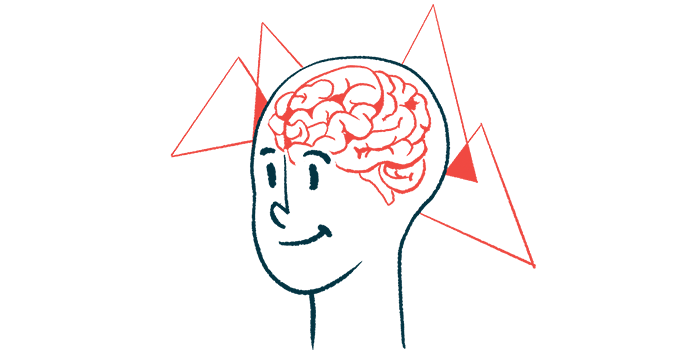Pseudobulbar Affect May Be More Common in Patients Than Thought

More people with Parkinson’s disease than previously estimated experience pseudobulbar affect, and its emotional outbursts can be especially common in patients with depression, a study in patients at a single U.S. institution reported.
“Our data suggest that the prevalence of PBA [pseudobulbar affect] is possibly higher in the PD [Parkinson’s disease] population than previously considered … and the overlap with a diagnosis of depression also appears to be common,” its researchers wrote.
The study, “Prevalence of Pseudobulbar Affect (PBA) in Parkinson’s Disease: An Underrecognized Patient Burden,” was published in Cureus.
Pseudobulbar affect, or PBA, is a non-motor symptom of Parkinson’s that is characterized by bouts of uncontrolled laughing or crying, often unrelated to how a person actually feels. Importantly, PBA is distinct from a mood disorder like depression — characterized by long periods of low mood — though the two can occur together, and it is easy to mistake one for the other.
Prior research using a standardized questionnaire to assess emotional behavior called the Center for Neurologic Study-Lability Scale (CNS-LS) suggested that about 26% of Parkinson’s patients have PBA, defined as a CNS-LS score of 13 points or higher.
A team of scientists in the U.S. now used this tool to screen 100 Parkinson’s patients being treated by movement disorder specialists at their institution, the Inova Parkinson’s & Movement Disorders Center in Virginia. Patients’ average patient age was 71.9, and 59% were male.
Using the cutoff of 13 points, the team found that 41% of these patients met criteria for PBA. Using a more stringent cutoff — a CNS-LS score of 17 or higher — 21% of them had PBA.
“Using either of the CNS-LS score cutoffs, the data show that a large percentage of the PD population in our sample display symptoms of PBA,” the researchers wrote, noting that these rates are higher than the prior estimates using the same cutoffs.
Of the 100 patients, 38 had a prior diagnosis of depression, and 25 were being treated with antidepressant medications. Statistical analyses showed that these patients were significantly more likely to have high CNS-LS scores — indicating that people with depression often also meet criteria for PBA.
“This may be in part due to the symptomatic similarities of PBA and depression, these symptoms being diagnosed and treated as depression, or the diagnosis of depression masking a diagnosis of PBA in a clinical setting by a label of depression,” the scientists wrote.
They noted that this finding highlights the difficulties of using a quantitative tool like CNS-LS to capture something as complex as a person’s emotional state.
“The data from this study and the context of this data illustrates the role of the CNS-LS as a screening tool not to in-and-of-itself give a diagnosis but to be used as the launching point for a conversation about emotionality and mood,” the researchers wrote. “This then could potentially then lead to diagnosis and treatment, be the root cause of PBA, depression/anxiety, or a mixture of both.”
The scientists called for more research on the interplay between PBA and mental health, and they stressed the need for open and honest conversations about these complex topics.
“If in the process, we can begin to unravel the stigma around discussing emotional and mental health concerns to lead to a more honest conversation with our patients on the topic of depression, anxiety, and PBA, then that counts as a win,” they wrote.







